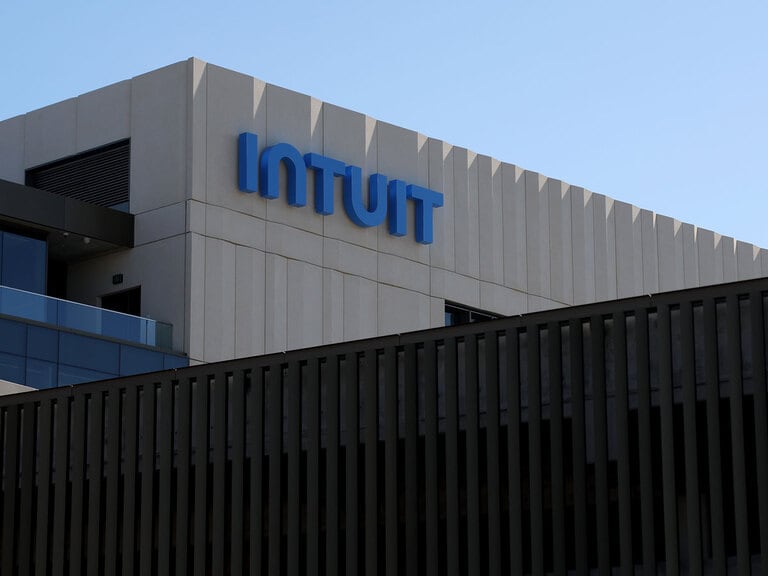The manufacturing of semiconductors has never been in greater demand or in such crisis. Can expanding manufacturing facilities help build the industry’s way out of the problem? And how long will it take?
Samsung Electronics’ [5930.KS] plan to build a $17bn semiconductor factory in Taylor, Texas — its largest-ever investment in the US — will come too late to help alleviate the global chip shortage. It could, however, accelerate a significant shift in the semiconductor industry’s path over the next few years.
The South Korean tech giant already has a campus in nearby Austin. But with policymakers and the Biden administration concerned that not enough of the vital components are being made in the US — the country traditionally dominates research and design — cities have raced to attract high-tech manufacturers. The planned facility, which will be completed in 2024, will be the latest to be built in the US in recent years.
$17bn
Estimated cost of Samsung's semiconductor factory in Taylor, Texas
Intel [INTC] and Taiwan Semiconductor Manufacturing Company [TSMC] — two of the largest chip producers worldwide — also have plans to expand in the US. Intel broke ground on two new factories on an existing site in Arizona earlier in 2021, while Taiwan Semiconductor Manufacturing has also announced plans to build another.
The flurry of building activity backs up a commitment from US president Joe Biden to make domestic semiconductor production less vulnerable to the patchiness of foreign supply chains. Efforts to level the playing field and ensure that the country is not left at an economic and national security disadvantage have seen the US Senate approve a 25% tax credit for investments in semiconductor production.
However, the expansion of facilities will not ease the shortage in chips any time soon. The situation, caused by a perfect storm of the China-US trade war, blizzards shutting down manufacturing plants in Texas and the rising price of copper, is being further compounded by the coronavirus pandemic that increased demand for electronic products, just as lockdowns and transport restrictions simultaneously cut supply.
Chip shortage short circuits industries
The chip crisis that started in 2020, with initial disruptions forcing factories across China and Taiwan — dominant chip-producing regions — to shut down is predicted to continue. It will affect not just the production and supply of technology devices, such as phones, computers and cars, but also smart technology in communications, healthcare, energy production, automation, transportation, the military and countless other industries — as well as potentially slowing the global rollout of 5G.
In car production alone, the semiconductor crisis has led to an estimated 7.4 million fewer light vehicles being produced across the globe in 2021, according to IHS Markit. Operating profits at Volkswagen [VOW.3], the world’s largest car manufacturer by output, fell £420m in the third quarter. Furthermore, Stellantis [STLA], formed this year by a merger between Fiat and Peugeot, reported a 14% decline in revenues.
7.3million
Hit to light vehicle production volume in 2021, per IHS Markit
In the UK, car production fell to its lowest level recorded for October since 1956 – and industry insiders are becoming concerned. “There are no quick fixes,” Mike Hawes, CEO of the UK’s Society of Motor Manufacturers and Traders, tells Opto. “Shortages are expected well into 2022, creating an unpredictable and disruptive environment for production and supply chains. All manufacturers are working hard to mitigate the effects and fulfil orders, but a concerted international effort is needed to avoid further supply issues which would damage the global industry and economy.”
In tech sectors, the shortage has cut Apple’s [AAPL] iPhone 13 production targets by 10 million units because of chip supply problems at Texas Instruments [TXN] and Broadcom [AVGO]. Meanwhile, Acer [ACER], Dell [DELL] and HP [HPQ] have all warned of a laptop shortage.
A Samsung spokesperson also said the company “may not be able to produce TVs”, and Toshiba [6502.T] warned that its production would be affected until 2023. Nintendo [7974.T] will also make six million fewer switch consoles than planned between December and March 2022. Home appliances, such as washing machines and toasters, are also in short supply.
Coming back online
With carmakers no longer the only companies feeling the pinch, when will the crisis end? And what can be done to alleviate it? Some analysts predict supplies will be hit for at least the next two years.
Meanwhile, Gokul Hariharan, co-head of Asia-Pacific technology, media and telecom research at JPMorgan, is hopeful that it could start to ease by mid-2022. “There is capacity coming online,” he told CNBC. “Not just from the foundry companies [those contracted by semiconductor firms to build chips, such as TSMC], but also from the IDM [integrated device manufacturer] companies [such as Samsung, Intel and Texas Instruments, which design, make and sell all their products]. All the US and European IDMS are also expanding capacity — a lot of it is slated to come online from the middle of next year.”
Hariharan also expects tech giants — such as Apple, Amazon [AMZN], Meta [FB], Tesla [TSLA] and Baidu [BIDU] — to bring chip production in-house to help ease the shortage over the next year. But with demand continuing to outstrip supply, the backlog is building up a huge dam of orders. The pent-up demand has investors optimistic about chip stocks, with many surging in value. The iShares Semiconductor ETF [SOXX], which tracks the performance of the 30 largest US- listed semiconductor companies, leapt 43% in 2021.
In the semiconductor market, Nvidia’s [NVDA] share price growth of 125.3% in 2021 stands out compared to its peers. In comparison, Qualcomm [QCOM] and Advanced Micro Devices [AMD] have soared 23.1% and 56.9%, respectively, in the same period.
Despite Samsung’s share price seeing the slowest uptick compared to its peers — the stock has fallen 3.3% in the past year — the company’s new facility in Texas is a major milestone in the industry’s plan to alleviate the global chip shortage. While expanding and opening new facilities will help solve this crisis in the long run, demand for chips is forecast to outrun supply in 2022, according to industry experts such as Deloitte.
Continue reading for FREE
- Includes free newsletter updates, unsubscribe anytime. Privacy policy





